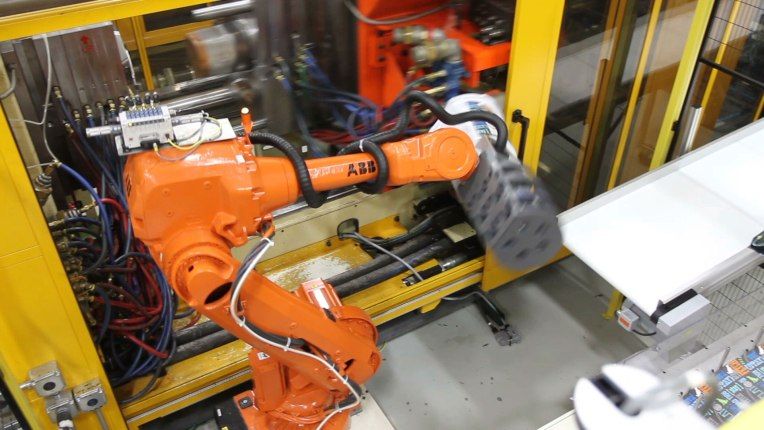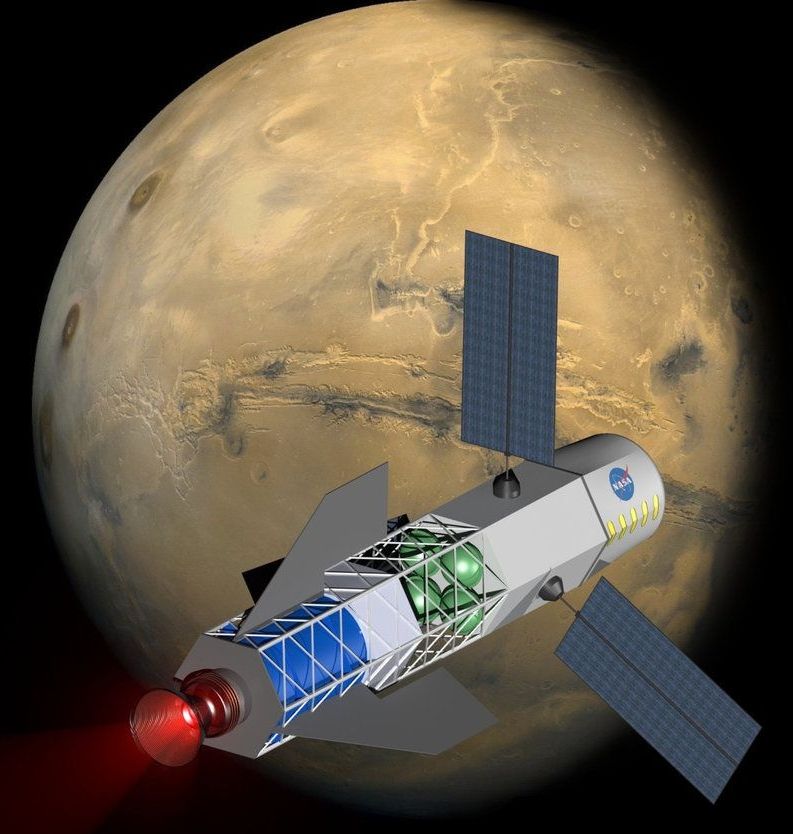Jun 11, 2017
Nike-backed Grabit has quietly raised $25 million for robots that handle what others can’t grasp
Posted by Dan Kummer in categories: food, robotics/AI
Robot arms have come a long way since the 1960’s when George C. Devol and Joseph Engelberger created the earliest industrial models. Those had two-finger grippers that, in retrospect, look fit to pluck a rubber ducky out of a bin in a carnival game, but nothing too sophisticated.
By now, robots in factories and warehouses can adjust their grip like human hands, or use suction and pliable materials to move objects wherever they need to go. Problems arise, however, when objects are porous, tiny, or need to be placed with great precision, as with materials handling in textiles, food, automotive and electronics manufacturing.
A startup called Grabit Inc., based in Sunnyvale, Calif., gets around problems with robot dexterity and grip by employing “electroadhesion” to move different materials. Yes, that’s the force that lifts strands of your hair away from your scalp when you rub a balloon on your head.


















